Mikael Colville-Andersen: Techno-Optimism vs Actual Human Needs
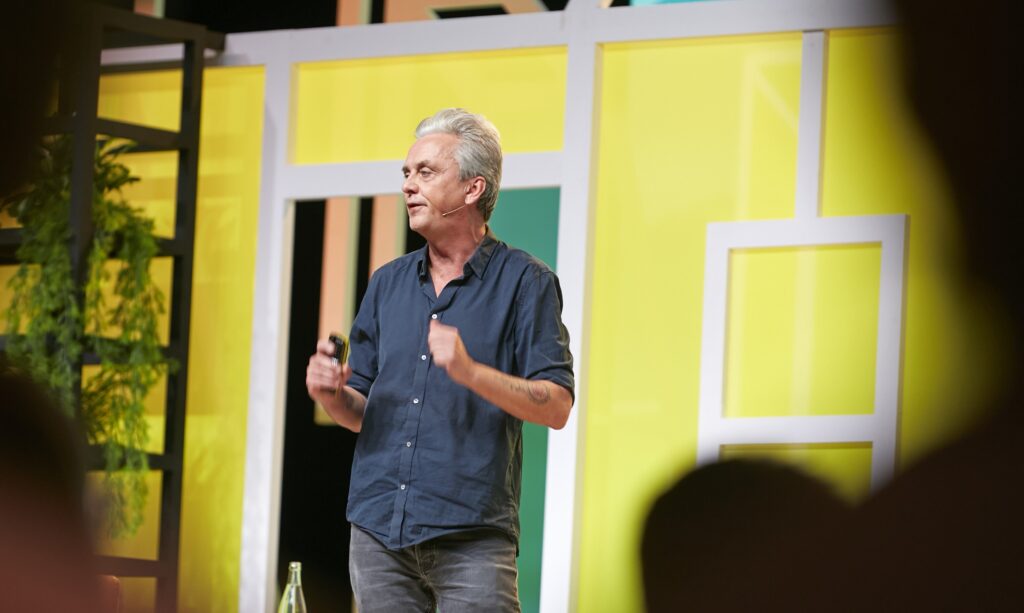
Exploring how our blind obsession with tech and smart cities is not always helpful in urbanism and how we can use tech as a supplement to existing ideas in order to improve mobility and urban life.
Collaborative Governance for a Shared Future
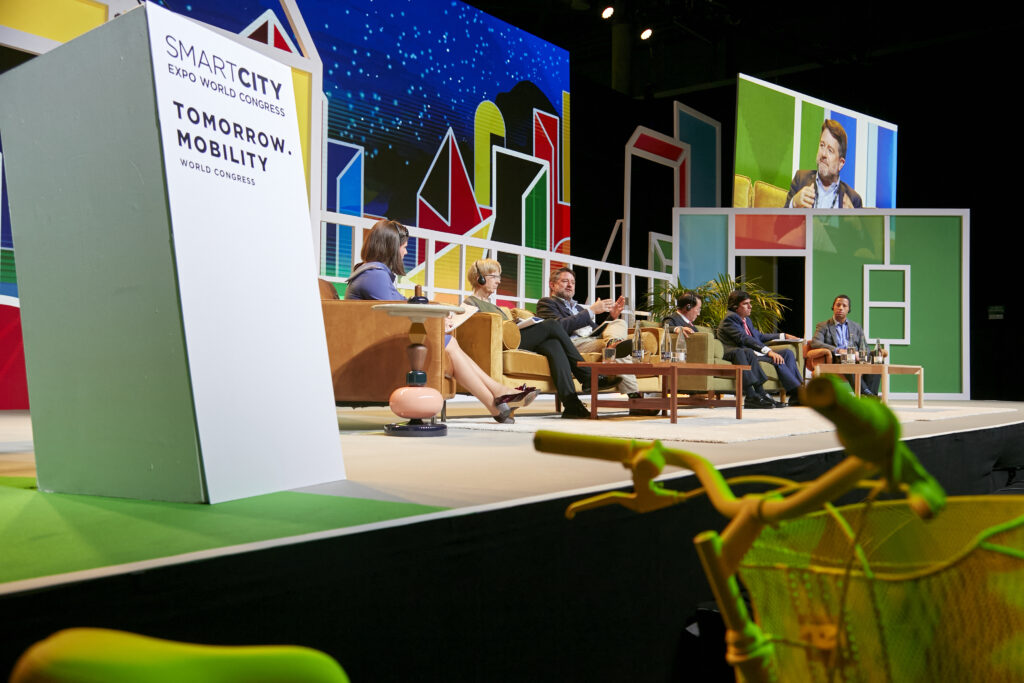
Current global challenges call for rethinking the role of governments and cities in the urban realm. As cities keep working to enhance transparency, effectiveness, accountability, and legitimacy of public policy-making by seizing the opportunities of technological change, how can decision-makers be supported in their task to effectively respond to these challenges? How can local governments improve trust in democratic institutions, as well as integrate collaborative efforts in order to achieve a shared future?
Elizabeth Diller: Urban Catalysts

Pipo Serrano in conversation with Elizabeth Diller, whose interdisciplinary design work addresses fundamental issues of our time: the importance of cultural engagement, the utilization of public space, shaping the future of our cities and the environment, and rethinking our institutions in a time of rapid social, political, technological and environmental change.
Microsoft – Empowering Governments to Deliver Experiences for their Citizens

Infrastructure is a key building block with which a city is composed. Without an emphasis on resilient and modern infrastructure, cities will struggle to lift other sectors of their communities. As such, the future of infrastructure will prove to be key towards the progress that Smart Cities make in the future.
Cities that have been destroyed and rebuilt after a war
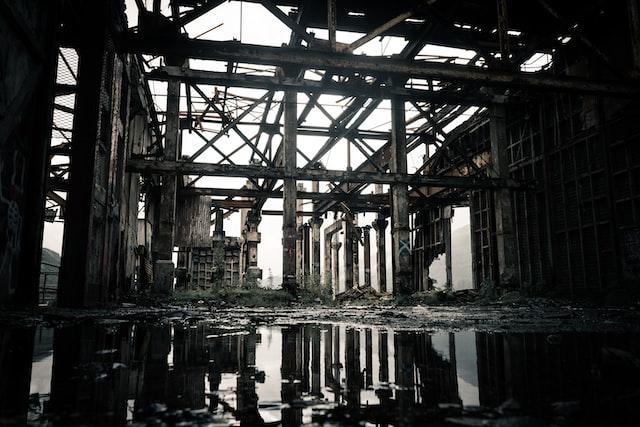
Cities are resilient environments, capable of literally rising from their ashes and rubble. Just as the history of mankind is one example after another of armed conflicts, there are numerous examples of cities that have been rebuilt after a war, some almost in their entirety.
Ping An Finance Center, the financial and engineering giant
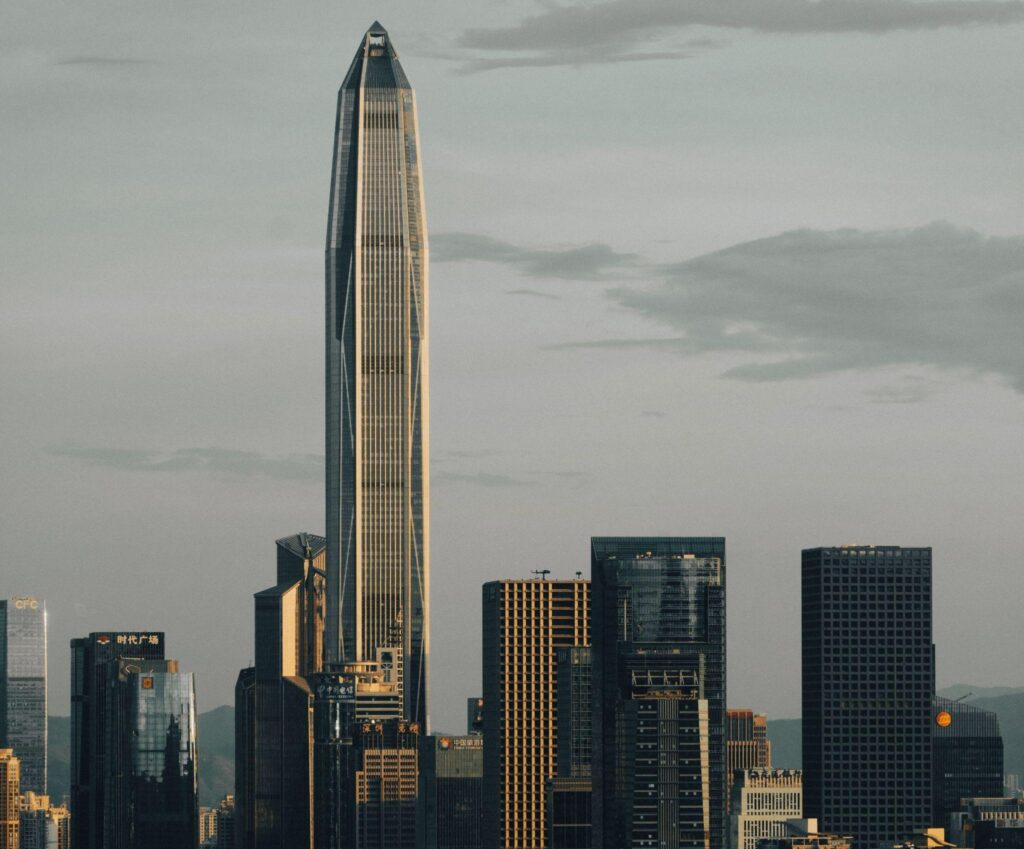
The fourth highest skyscraper in the world is in Shenzhen, China. The Ping An Finance Center (PAFC) is an office block standing 599 meters tall. With this figure, together with the city in which it located, the building is a symbol of the financial power acquired by China in the finance and international trade arena.
Africa and smart cities: between a necessity and an emergency
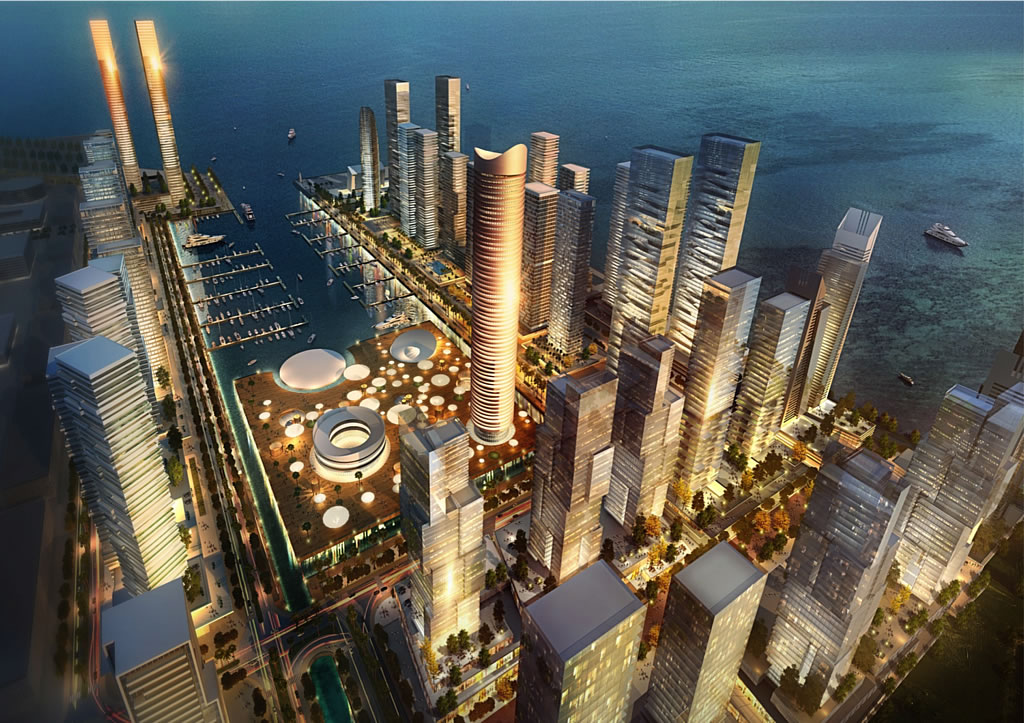
With 1.4 million inhabitants, Africa is the second most populous continent in the world. And, as in practically everywhere else in the world, its future will be urban. Specifically, in 2035, more than half of its population will live in the city. The smart city model can boost prosperity on the continent. But how?
Is it feasible to use wood in major constructions?
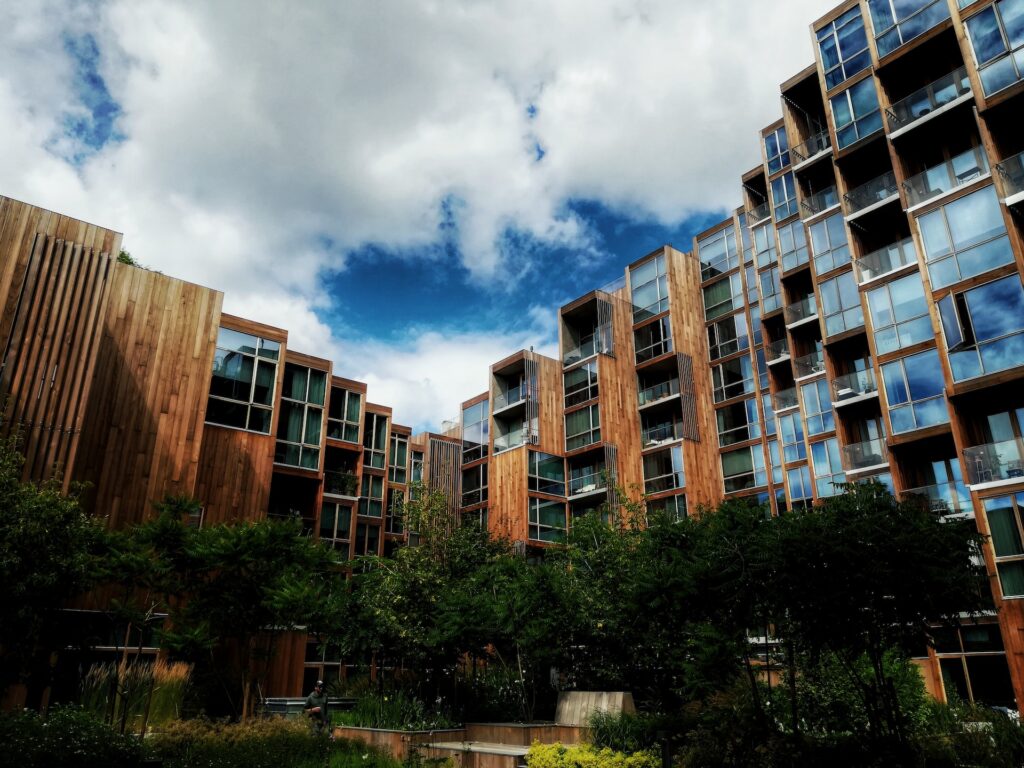
Wood has been the material of choice for thousands of years. Readily available, easy to treat and resistant, it made up the first columns, planks were used to make beams and it helped build bridges or railway lines. Is it time to go back to wood as a structural material?
Cities Made for Citizens’ Needs

During the last years, cities have seen rapid shifts to virtual and remote work, new partnerships across ecosystems, and unprecedented levels of adaptability.
Cities in the New Normalcy: What makes them Attractive for Talent?
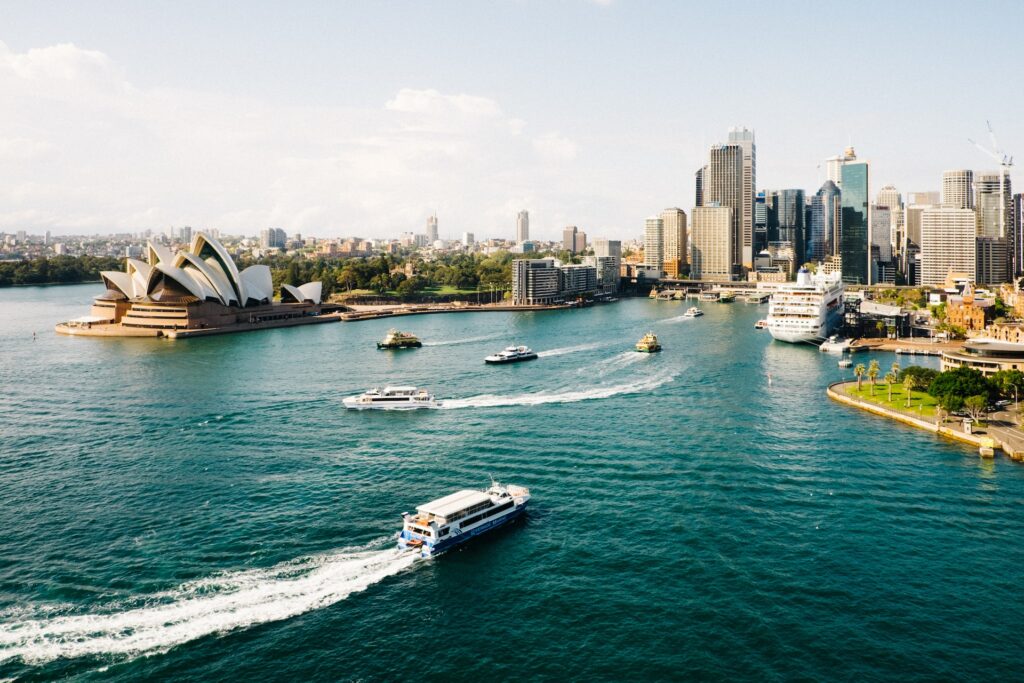
“Cities are the most important physical creation ever built by Man”, according to José Antonio Ondiviela, an opinion shared by other major urbanists including Jane Jacobs, Edward Glaeser, Carolyn Steel or Ben Wilson. The new 2022 edition of ‘WorldWide Observatory for Attractive Cities’ once again talks about cities being the “epicenter of human activity”. What makes them attractive?